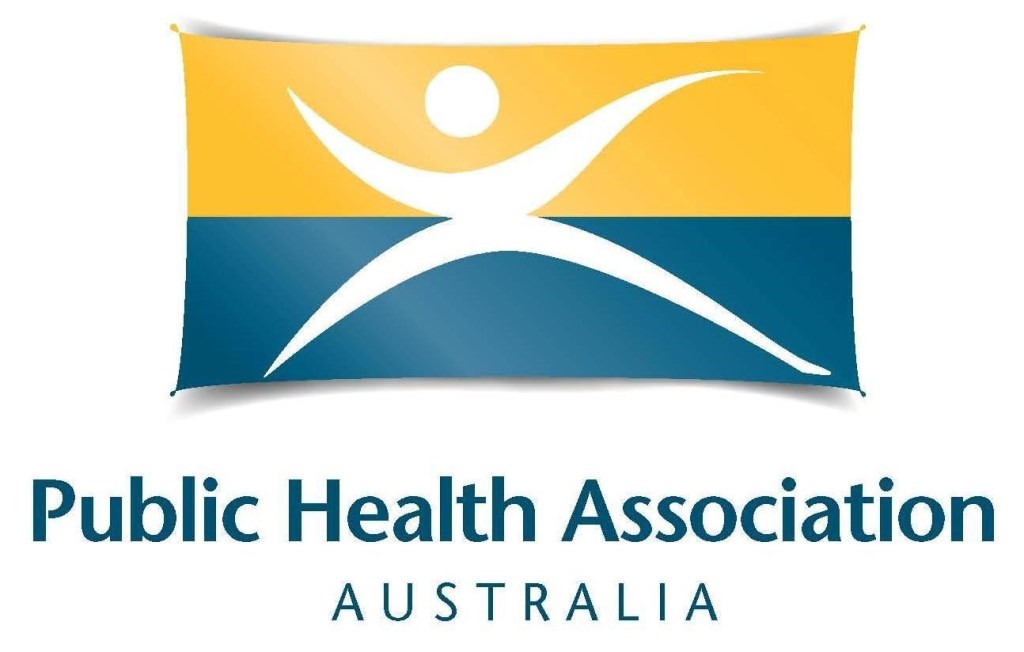Priscilla Robinson
View the latest spreadsheet here
This week is pretty much business as usual (it feels rather like the ‘new normal’, but I do hope it isn’t). The overall rate of new infections is much the same as last week, with small increases or decreases in each WHO region. Of note, most news feeds have stopped using unnecessarily lurid headlines, although the ‘massive surge’ in cases in Vanuatu was notable – cases have gone up from a total of one to three, a 300% increase if you are a headline writer. However, some South American countries are having current waves and having problems getting people into hospitals, and I definitely do not want to make light of places with real problems.
Much like last week, a few places have notified an increase in deaths, but it is not possible to know whether or not these are recent or historical reclassifications. Countries such as the UK and much of Europe have reported a real drop in weekly fatalities, a relief for some of us, but really the countries to wonder about are those with fatality rates much higher than the global rate. The global rate has actually risen slightly over the past few weeks (from 2.19 to 2.22) but Mexico and Syria have rates several times higher, which reflects a possible overreporting of fatalities (Mexico?) or underreporting of cases (Syria?), as the population attack rate is very low, so maybe most cases do not get diagnosed (?).
I remain interested in the Israel : Palestine and other neighbour country comparisons – especially as Israel continues to report several hundred cases most days despite having apparently given the equivalent of its entire population at least one vaccination, so as two are needed for protection that would imply that a large chunk are fully immunised.
There are still several island nation-states plus one or two other countries (e.g., North Korea) who have reported no cases, and other countries (e.g., Tanzania) who have apparently stopped reporting to WHO; but it does not mean that there is no COVID there – remember in Epidemiology 101, the saying ‘absence of evidence is not evidence of absence’.
People who have concentrated on the spreadsheet might also have noticed that I have added another sheet, a vaccination tracker. The data on that sheet are mainly from the Oxford Government Response Tracker, a place where there is too much fascinating information to distil for these spreadsheets, although I thought immunisation might be of interest to you all. Of particular note, over 90% of the vaccines given so far worldwide have been distributed in the countries being logged on these spreadsheets for the past year. Personally, I think there needs to be a rethink about where the vaccines go. The countries with very low or zero rates are those with the most at-risk peoples – these people will be immunologically naïve to COVID-19 – so maybe they should be given preferential access. Or at least equal access, especially now that the J&J single dose heat-stable vaccine is coming online. So if you need something to advocate for, there is an issue for you. See the WHO and GAVI COVAX websites for more details about equitable access to COVID vaccines.
For now, until next week, stay safe, and those of you who can, get COVID immunised.
About Dr Priscilla Robinson and The CODE Update
Dr Robinson is a public health epidemiologist with particular interests in international health and communicable diseases, and public health competencies. She has worked in health departments in England and Australia, has managed public health teaching programmes, and taught and researched many aspects of public health epidemiology and policy in many countries. She is an adjunct Associate Professor at LaTrobe University, and to stop herself being bored is an editor of PHAA’s journal ANZJPH, and holds board positions (almost all unpaid) on various NGOs, journals, and at her local hospital. Otherwise, 10 acres of untamed bushland on a hill in South Gippsland makes weight-bearing gym exercise and strength training a bit redundant.
The CODE Update is a new regular feature on the Intouch blog to keep readers informed of COVID-19 developments around the world.
The CODE update originally began at the start of the SARS CoV-2 pandemic as a way of explaining it to Priscilla’s friends and family who happen to live all over the world, and who were being bombarded with information and misinformation in their own countries. The CODE Update provides links to practical materials and papers written for people who are not versed in the language of outbreaks and epidemic curves. It is sent out every week, and includes a short commentary to provide context to the numbers included in the spreadsheets.
Note: Whilst every attempt is made to transcribe all data faithfully, every now and again mistakes are made and not noticed until the next update. Also, on occasion numbers are revised after posting at the source databases.
We hope you will find these updates to be a helpful tool, and the links to current information useful.


Leave a Reply